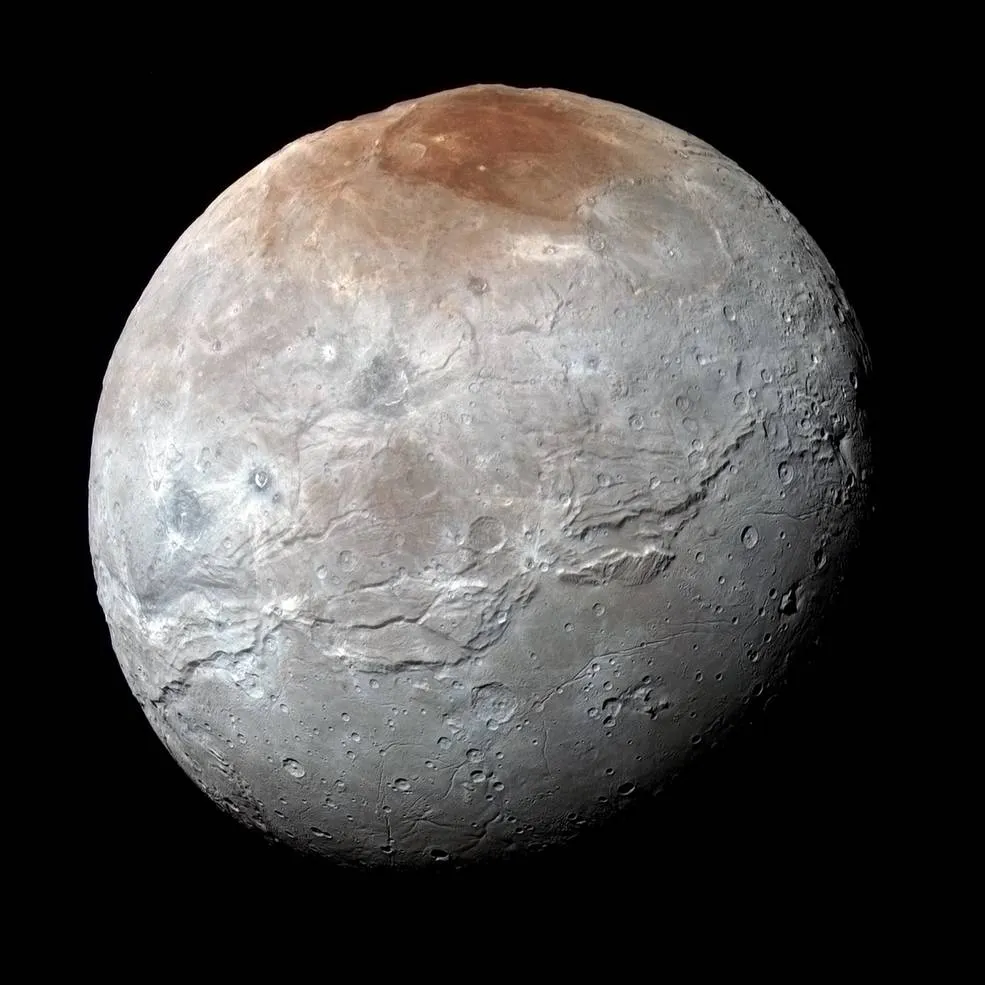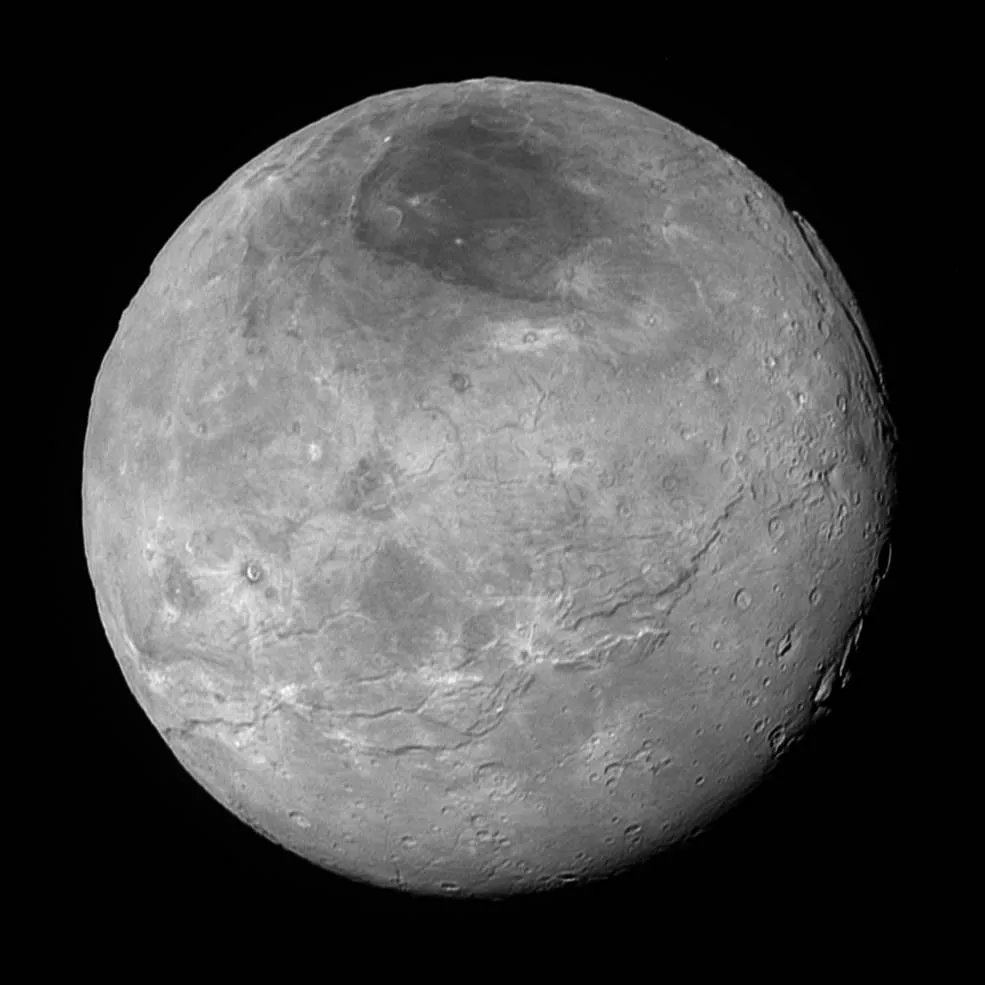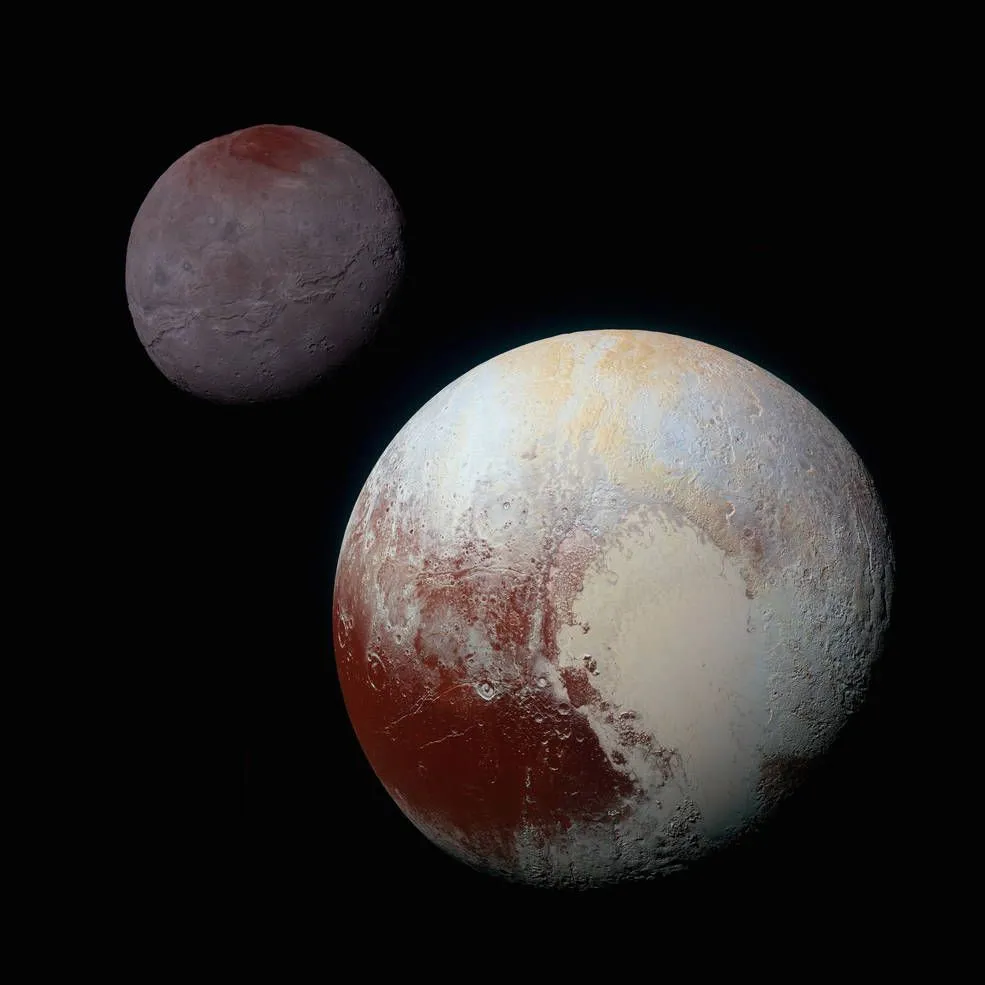
Pluto is a dwarf planet in the Kuiper belt, a halo of bodies beyond Neptune. It was the original Kuiper belt entity to be discovered.
Pluto was open by Clyde Tombaugh in 1930 and was at first measured to be the ninth planet from the Sun. After 1992, its level as a planet was questioned next the discovery of quite a few bits and pieces of analogous extent in the Kuiper belt. In 2005, Eris, a dwarf globe in the scattered disc which is 27% added very big than Pluto, was discovered. This led the International huge Union (IAU) to define the expression "planet" formally in 2006, during their 26th all-purpose Assembly. That focus barred Pluto and reclassified it as a dwarf planet.

Pluto is the leading and second-most-massive famous dwarf globe in the Solar System, and the ninth-largest and tenth-most-massive established entity openly orbiting the Sun. It is the biggest famous trans-Neptunian objective by dimensions but is a reduced amount of very big than Eris. Like other Kuiper belt objects, Pluto is primarily ended of frost and rock and is quite small—about one-sixth the accumulation of the Moon and one-third its volume. It has a moderately eccentric and of a mind orbit during which it ranges from 30 to 49 astronomical units or AU (4.4–7.4 billion km) from the Sun. This way that Pluto periodically comes faster to the Sun than Neptune, but a stable orbital resonance with Neptune prevents them from colliding. nimble from the Sun takes about 5.5 hours to connect with Pluto at its mode move away (39.5 AU).

Pluto has five identified moons: Charon (the largest, with a diameter really over partly that of Pluto), Styx, Nix, Kerberos, and Hydra. Pluto and Charon are at times painstaking a binary system because the barycenter of their orbits does not keep contained by each body.

On July 14, 2015, the New Horizons spacecraft became the at the outset rocket ship to fly by Pluto. During its pithy flyby, New Horizons made exhaustive measurements and observations of Pluto and its moons. In September 2016, astronomers announced that the reddish-brown cap of the north raft of Charon is calm of tholins, organicmacromolecules that may be ingredients for the emergence of life, and fashioned from methane, nitrogen and other gases unconfined from the atmosphere of Pluto and transferred about 19,000 km (12,000 mi) to the orbiting moon.